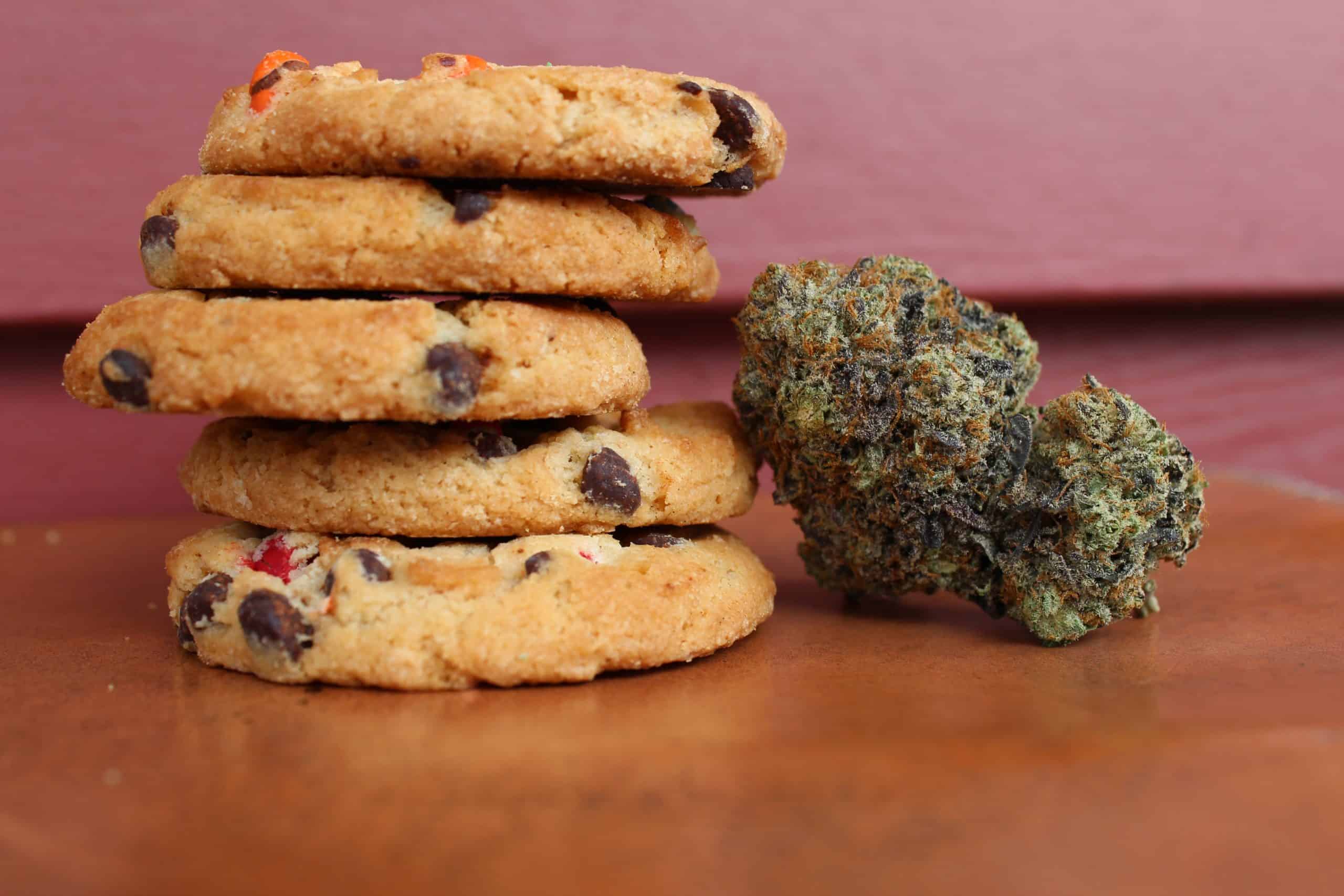
Product Liability in Cannabis
In general, defective and dangerous products account for thousands of injuries every year in the U.S. The legal rules concerning who is responsible for defective or dangerous products have been in existence since the industrial revolution with unique differences from ordinary injury law. In fact, the rules in product liability sometimes makes it easier for an injured person to recover damages. Further, this entire case of law applies to the cannabis industry despite only a decade of its modern existence.
Any good product liability attorney has likely been a canary in the coal mine as it relates to the cannabis industry for years already. In such a nascent market, there is a massive risk as it relates to the liability of cultivators, manufacturers, or sellers being held liable for placing a defective product into the hands of a consumer.
There is no federal product liability law. Typically, product liability claims are based on state laws and brought under the theories of negligence, strict liability, or breach of warranty. In addition to commercial statutes in each state, cannabis is like other heavily regulated industries wherein non-compliance with state regulation may also be considered negligence.
Who is Liable?
Responsibility for a product that causes injury lies with all sellers of the product who are in the distribution chain. In general terms, the law requires that
While seemingly simple on the surface, the reality of the cannabis supply chain, its unknown factors, and inconsistent and non-compliant culture of operations creates a much more complicated liability.
Liability for a product could rest with any party in the product’s chain of distribution, such as:
● The product cultivator or manufacturer.
● A manufacturer of component parts to the product.
● A party that processes or packages the product.
● The wholesaler and the dispensary or delivery services that sold the product to the consumer.
One of the biggest challenges in the cannabis supply chain is the inherent nature of producing a cannabis product.
A brownie, for example, may be packaged and labeled upon its creation and distributed and sold – but prior to these liability activities which are fairly low-risk, it also includes other areas of liability in the process of its creation and sale:
● The production batch involved in the extraction of the concentrate used in the production of the brownie.
● The chocolate, butter, eggs, milk, and other ingredients (components) used in the manufacture of the brownie.
● The harvest batches of flower or trim purchased and stored which were used in the extraction of the concentrate used in the production of the brownie.
● The harvest batches of plants that became the flower sold to be extracted into the concentrate used in the manufacture of the brownie.
● The clones or seeds used/purchased in the cultivation of the plants that became the flower that was extracted into the concentrate used in the manufacture of the brownie.
Given the number of parties including licensees in the above production of a batch of brownies, one can see how many points of compromise might exist daily. In addition to traceability and accountability, product liability is a major reason states implement seed-to-sale tracking systems. Simply put, METRC can help determine, with test results, where to begin an investigation and who may be liable for non-compliance in addition to any product liability lawsuits brought against the responsible party.
Product Liability in the Industry
As the infantile cannabis industry grows up, key cases have already arisen around cannabis liability and its impact on best practices and operational compliance.
Namely, back in 2015, Colorado Mega Company LivWell had 60,000 plants quarantined and investigated due to the common industry practice of using Eagle 20 to remediate powdery mildew on its plants. A class-action lawsuit was filed against LivWell and, eventually, the Colorado Department of Agriculture took steps to align cannabis industry pesticide use with EPA mandate – thus cementing the common industry practice of pesticide, fungicide, and herbicide choices in alignment with pesticide application regulation.
In the CBD industry, issues with a lack of testing standards, false claims, labeling issues, and THC potency levels causing consumers to fail regular drug tests, are all part of a plethora of examples where product liability concerns are arising. And, when customers get sick, companies come under even more scrutiny by consumers and governments alike.
Almost every month, a regulatory agency is issuing a consumer warning that a batch of products failed contamination testing, or that a vape pen is defective, or that a recall has been issued. Most states issuing new cannabis licenses are mandating a plan to ensure consistent quality and to ensure companies are prepared for and capable of contending with a recall.
Product liability isn’t an unlikely mythological boogeyman as much as a ticking time bomb in the industry randomly being “hot potatoed” around.
Commonplace practices that are yet to be challenged also include: the inaccuracy of labeling Sativa or Indica, falsified strain names, handpicking and remediating initial samples sent off to pass testing, and potency testing flower and applying the same results to shake or keef.
How Compliance Reduces Product Liability
Most companies in the industry, if asked, would say that product liability does not apply to them. That they are producing safe products and are fully compliant with every regulation possible. Having been leaders in cannabis compliance for nearly a decade, if we had $100 for every time we heard that, we wouldn’t need to be in business.
The truth is, in hundreds of cannabis operations, we have never walked into a 100% compliant facility as it is difficult to maintain compliance 100% of the time. It is possible to reduce the variance of non-compliance to a manageable level and risk tolerance. To do so, cannabis businesses must realize that compliance is a process of continued, ongoing, improvement.
Having said that, it is important and wise to plug the largest gaps in compliance that offer the greatest liability as soon as possible and ensure that these high-risk areas are not exposed moving forward. Product liability is one of the biggest because, despite lawsuit risk or the risk of fines or fees, there is no compensation for the loss of human life or the worsening of a patient’s condition or quality of life due to willful or negligent product defects or contaminants.
Most applicably, Standard Operating Procedures and batch production records are often the first line of defense a product liability attorney needs. Not only can these documents help prove compliance internally, but they can also help regulators and courts to determine where the actual defect took place in the process and who is responsible.
Focusing on the Future
Harmonizing compliance infrastructure with leading standards is also a huge co
As the looming reality of federal legalization dawns on the horizon of the U.S. cannabis industry, more products will be sold between more markets both nationally and internationally.
Being proactive and ready to manage the standards and compliance demands between an increasing number of regulations and agencies will only help reduce the number of moving parts and minimize product liability. Especially in a world of existing legal precedence meeting the growth spurt of an infantile industry. Prevention is a better investment than reacting to product liability and the non-compliance costs that come with it.
